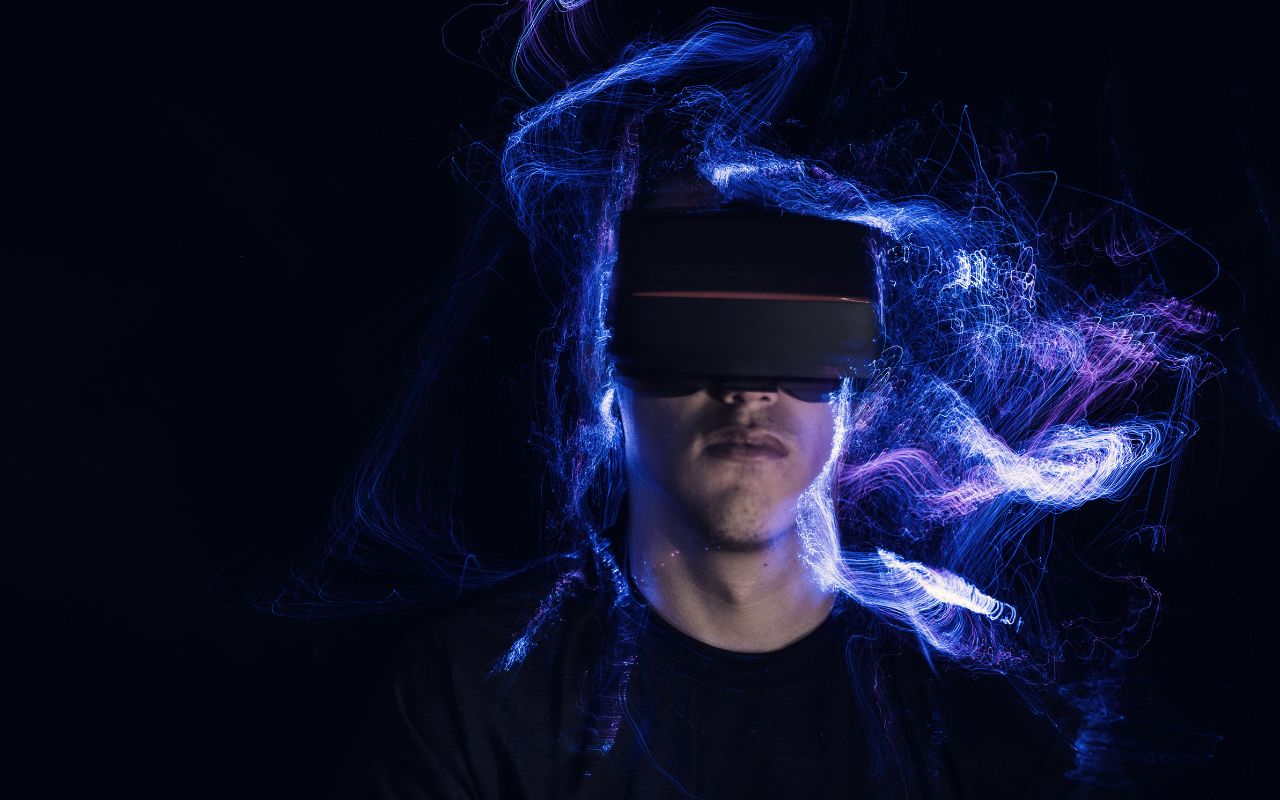The new age of User Experience (UX) design is upon us, and it’s an exciting time to be a designer. New tools for UX professionals have emerged that make it possible to test interactions, create unique visualizations, and anticipate how users will interact with your website. These tools are changing what UX design means as they become more accessible to a more excellent range of designers. This can only mean good things for humanity as a whole because a better User Experience has the power to improve lives by reducing stress through ease of use.
Virtual Reality vs Augmented Reality
Virtual reality and augmented reality are fueled by artificial intelligence (AI). VR can replace reality, whereas AR adds to it by projecting information on top of what is already seen. From a web developer’s perspective, VR is made up of two main components:
- Environments
- interfaces
The environment refers to what the user is being transported into. The interface refers to the layers in the experience, giving users multiple ways to interact, navigate, and control their VR experience. Designing for these two components involves keeping in mind that the VR experience has to fit with the capabilities of people as much as the system.
VR in the Business World
Virtual reality and augmented reality are expected to be two of the most transformative technologies of the coming six years. Notable designers believe that virtual and augmented reality can become indispensable communication tools for people with disabilities. There is a great chance to succeed in this field and bring valuable experience to end-users, opening opportunities that were not there before. Just imagine that people with limited mobility can virtually visit the best museums in the world, enjoy architectural sights and explore new cities in real life.
Long Story Short
Until now, the reach of VR has been restricted to the computer screen. The wave of consumer-oriented VR headsets is expected to extend beyond those limits. However, as with any new technology that’s still nascent, it may surprise us with some unpleasant surprises as well. UX design must evolve with it if we create beneficial VR/AR applications. There’s so much potential for this technology, and we mustn’t miss the boat on this one—the stakes are high, and so is the potential payoff.






